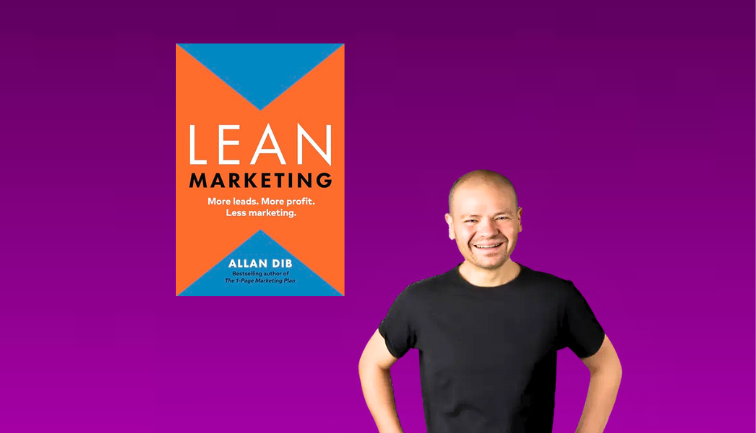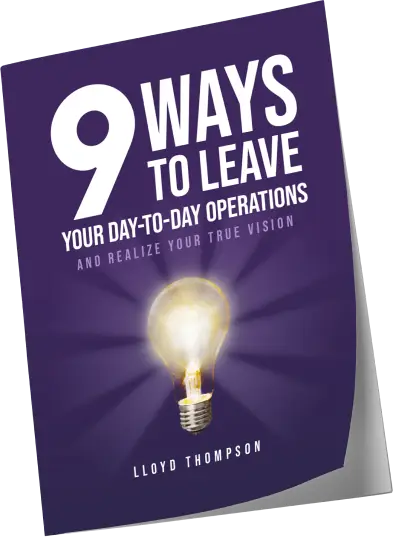If you are doing your marketing in-house, this book is for you.
For me, my marketing team is lean.
It’s me and part of another team member’s role – he helps me with video, image creatives and posting on socials/blog and newsletter.
So you can see why this book spoke directly to me, it felt like a one stop shop for, as the title says, “Lean Marketing”.
One small change I made immediately after reading this book was sending my newsletter from my account, lloyd@virtualdoo.com instead of my support account.
Simple, but I hadn’t thought that it could make an impact.
It did.
Increased response rate straight out of the gates.
Another great tip was, your newsletter doesn’t have to always be about topics relating to your services or expertise, it should be more about building relationships.
That was validation that I needed to venture a bit further out into other interesting topics (recently travel / biz related).
Finally, this isn’t Allan Dib’s first book, I also recommend “The 1-Page Marketing Plan” which I’ve posted about here before.
What is next Allan? The “Lean” workout book!? Having met Allan recently – I can tell you he is a Lean guy!
Here were a few more of my key-takeaways:
1. Know Your Customer
Speak to the right people. Not everyone is your audience.
Create a “customer avatar.” Know their fears, dreams, and problems.
Solve their problems. Show how your product makes their life better.
2. Stand Out with a Clear and Simple Value Proposition
Don’t blend in. Be different.
Explain why your product is the best choice.
Talk about benefits, not features. Show how it improves lives.
3. The Lean Approach and the 80/20 Rule
Most of your success comes from a few key actions.
Test, tweak, and repeat. Always improve.
Avoid complexity and focus on what works.
Cut unnecessary channels and activities, doubling down on efforts that generate measurable results.
Regularly evaluate your campaigns using KPIs to refine.
4. Keep It Simple with 1PMP
Use a One-Page Marketing Plan:
- Before: Attract attention.
- During: Turn leads into buyers.
- After: Keep customers coming back.
Focus on action, not fluff. Clarity wins.
5. Build Trust
People buy from businesses they trust.
Use real reviews, case studies, and stories to prove your worth.
Share useful tips and ideas to educate and build a relationship with your audience.
6. Systematize Your Marketing Efforts
Implement systems to nurture leads, follow up, and upsell with minimal manual intervention.
Keep your message and style the same everywhere.
7. Understand the Marketing Lifecycle
- Lead Generation: Use specific tactics like PPC ads, SEO, and social media to attract attention.
- Conversion: Offer irresistible calls to action (CTAs), backed by persuasive copy and landing pages.
- Retention: Focus on customer satisfaction, loyalty programs, and upselling.
8. Always be Testing
Experiment and Optimize: Regularly split-test campaigns, offers, and messages.
Continuously refine based on performance metrics.
9. Focus on Profitable Growth
- Customer Lifetime Value (CLV): Calculate and maximize the value of each customer over their relationship with your business.
- Efficient Budgeting: Allocate resources wisely, ensuring a high return on investment (ROI) for your marketing spend.
Talk soon,
Lloyd
PS – What book has made an impact on your business? Let’s chat.







